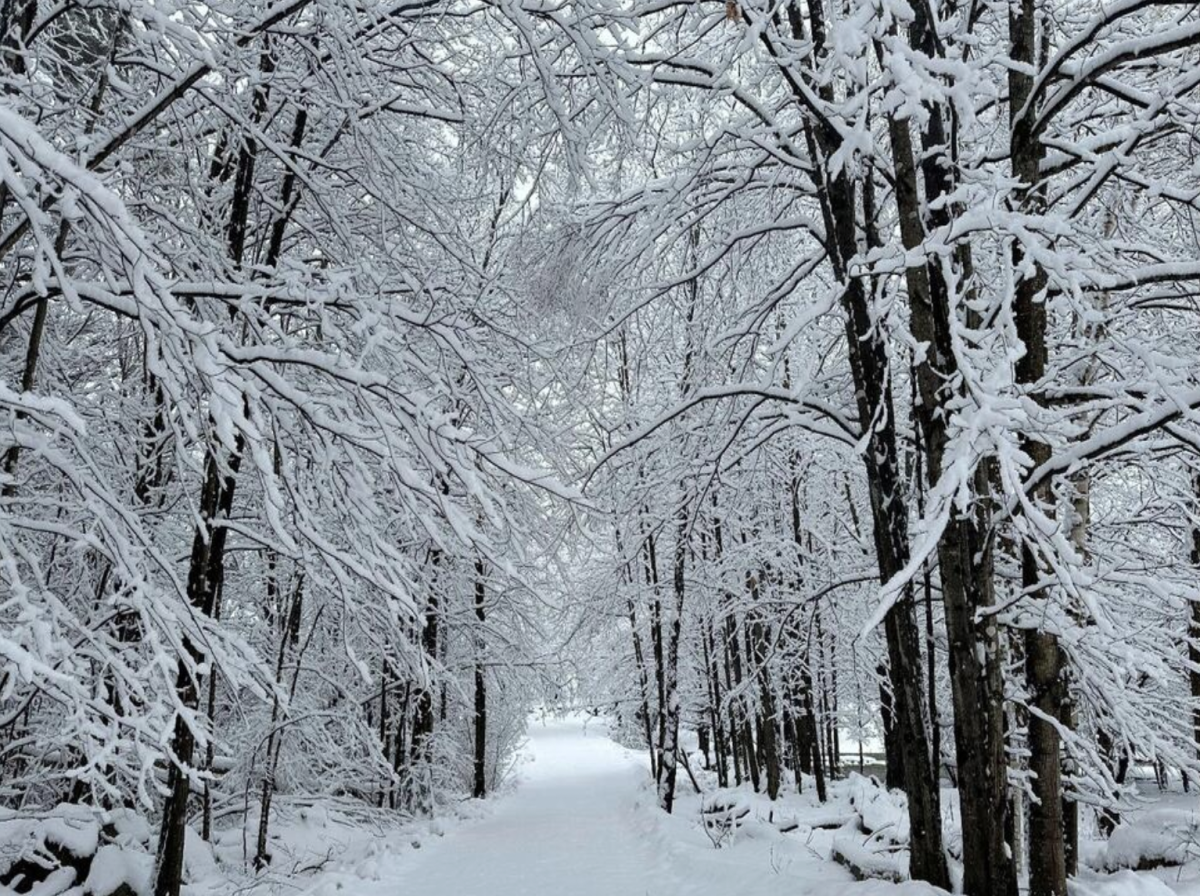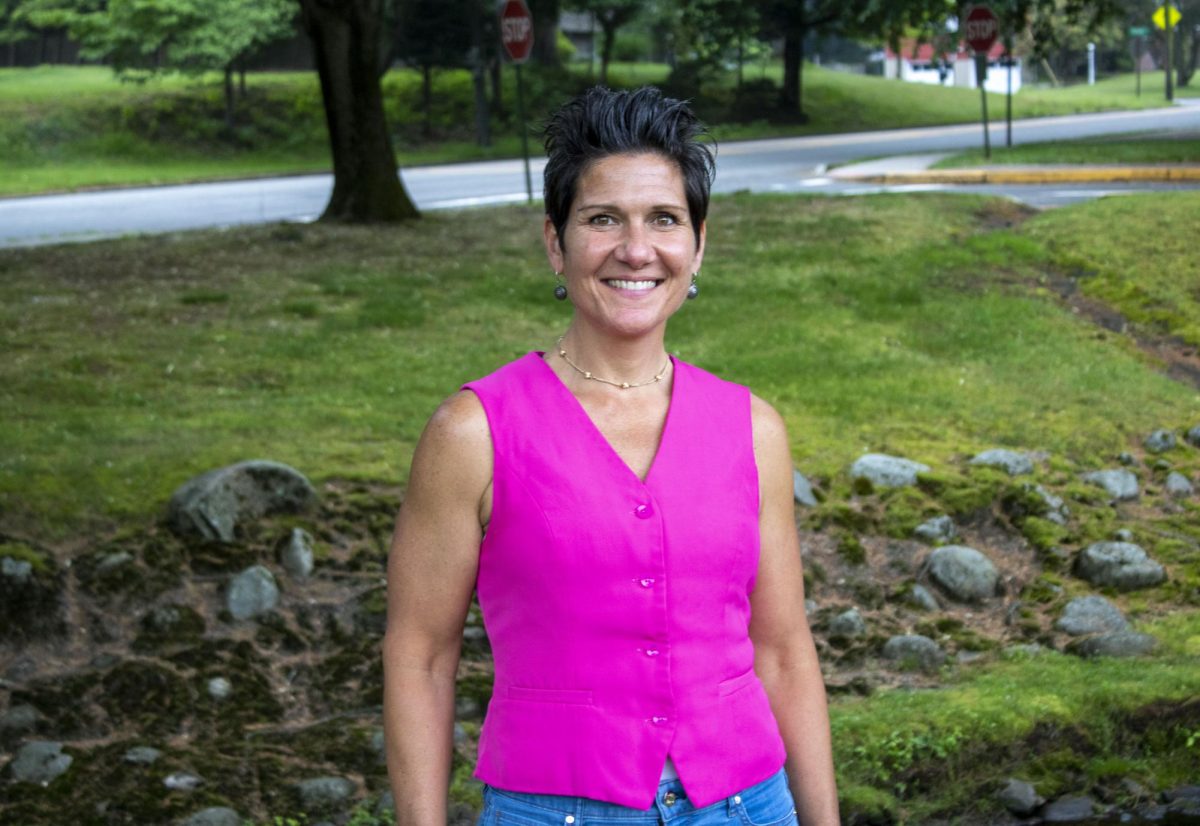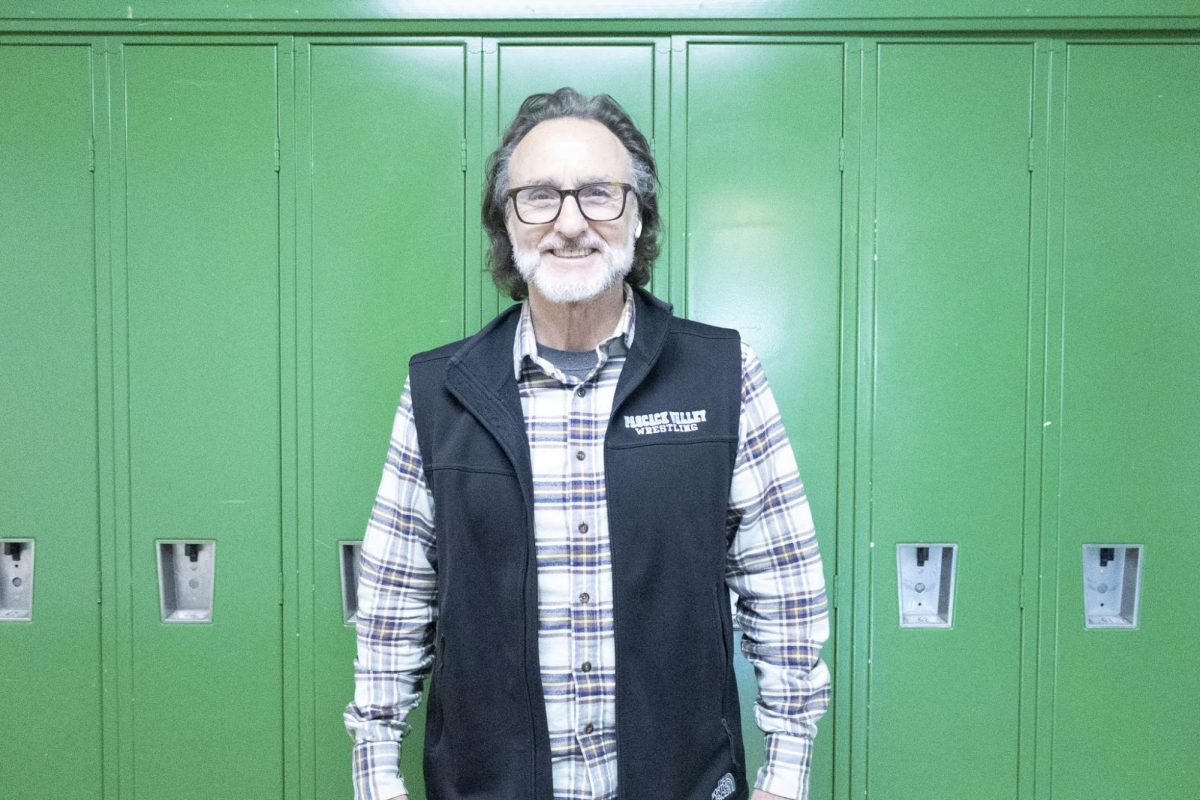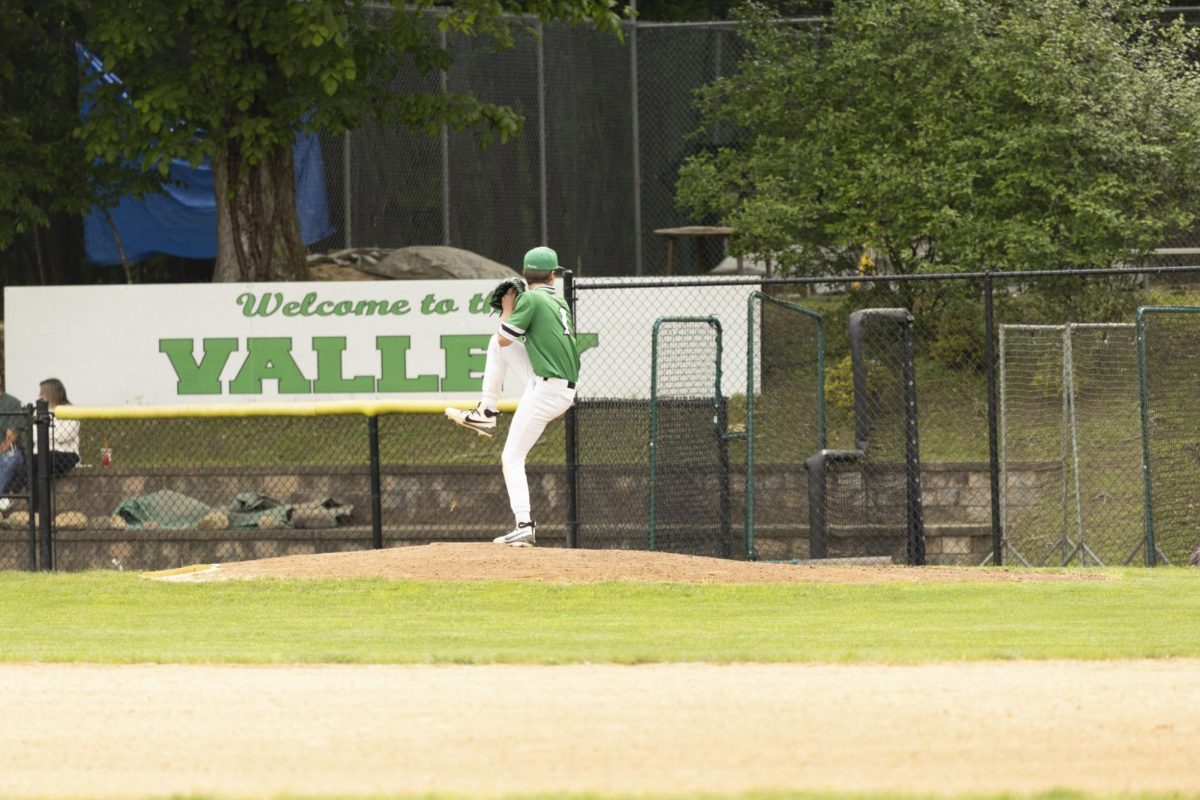Over the past four years, the effects of snow causing school closures and delayed openings have slowly been decreasing. Do you remember all the snow during the COVID-19 pandemic?
In the 2020-2021 school year, there were eight snow-related days. However, because of COVID-19, students were attending class remotely instead of canceling school completely. This winter was one of the snowiest on record, averaging 36.9 inches in Northern New Jersey (northjersey.com).
In the 2021-2022 school year, we had one snow day, two delayed openings, and one early dismissal due to weather. The amount of snowfall was below average for this school year.
In the 2022-2023 school year, we didn’t have any snow days, and only one delayed opening. This was a warmer winter, it was the second warmest winter in the state’s history. The average temperature was 38.5 degrees Fahrenheit.
This school year, 2023-2024, we’ve had three delayed openings, one early dismissal, and one snow day.
What makes some winters snowier and some winters warmer? In the past three years, we’ve only had two snow days, while four years ago we were lucky enough to receive eight. There are many factors contributing to the varying winter snowfall.
First, climate change means more moisture in the air, which causes warmer weather and makes rain. But on some occasions, it’s still chilly enough so extra moisture in the air causes an unreasonable amount of snow. This is why some places are getting warmer winter weather and other places are getting colder, snowy winter weather.
The temperature is changing, so the jet stream that runs along the United States is being pushed out of its original path. This means that some places that are receiving snow usually do not and some places are not getting snowy winters at all.
Jet streams move west to east and wrap around the globe. They’re made of wind moving at a high speed above us in the atmosphere. Jet streams are what separate hot and cold air. For example, warmer jet streams surround the middle of the globe because that’s where the equator is and colder ones surround the poles. This is why it’s so important for them to stay on their original track.
Climate change is also a big factor affecting the snowfall. Climate change doesn’t necessarily mean warmer weather. It means harsher, more extreme random conditions. These random conditions are partially caused by the sway of the jet streams (National Oceanic and Atmospheric Administration).
Snowfall is unpredictable for the future, so many factors contribute to how much snow we will receive in New Jersey and how many snow days we’ll get. We do know that playing your part like recycling and riding your bike more will make a difference in everyone’s lives here at PV and across the world. Then, maybe we’ll get our snowy winters back.















